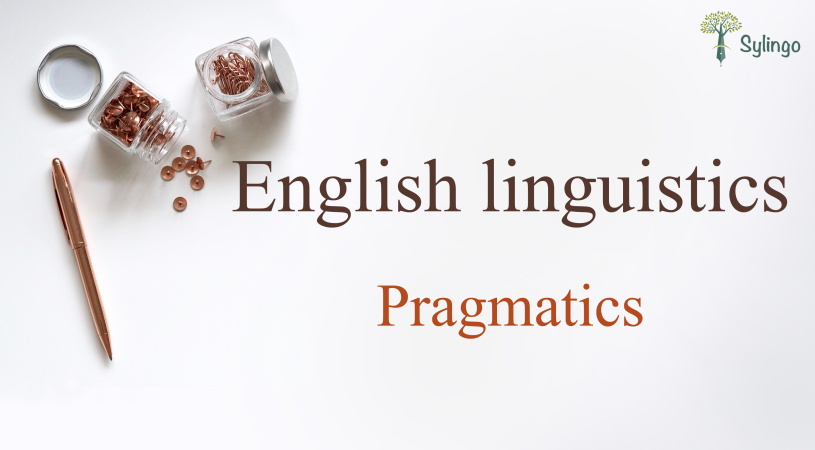In this lesson, we will learn how contexts affect meanings. Also, we will address conversational implicature, deixis, and literal and figurative language.
Pragmatics is based on studying the literal and non-literal aspects of the language and how contexts determine the use of expressions and terms.
Conversational implicature
It refers to meanings that a speaker intends to convey but does not clearly express, for example:
- Are you coming to the party tonight?
- I have work to do.
The previous answer implies that he can't go to the party, even though it is not mentioned clearly in the sentence.
Deixis
They are expressions that refer to objects, people, places, or times, and their references depend on the context.
To understand what they refer to, we need to look at the situational context, the reference to first and second-person pronouns, demonstrative pronouns, and when or where the utterance was said.
Examples: there/ last night/ here/ mine/ us/ these.
Reference identifies things that a speaker is referring to by using a reference point in the context of speech.
Literal language
It is a way of using words according to their exact meaning. It also shows what the words refer to, which is constant in any context.
Example: It is raining, so I am canceling my plans.
Figurative language
It is a way of using words to convey a complex meaning or more powerful effects, not for their literal meaning, through the figure of speech like similes, metaphors, and personifications in the English language, especially in literature or everyday talk.
Using figurative language helps express opinions and feelings in a way that literal language may not be able to describe.
Example: It is raining cats and dogs. I better take an umbrella. (It indicates the meaning of heavy rain, although it is not mentioned in the sentence.)
Purposes for using figurative language
1- Comparing different things/ ideas to give more detail.
2- To add more depth to a text.
3- To add imaginative and creative to a text.
4- To convey meanings in a better understanding way.
5- To get readers' attention and be more engaged in a conversation.
These are the essential ideas and concepts related to pragmatics. If you have any questions or suggestions, you can share them in the comments section below.





